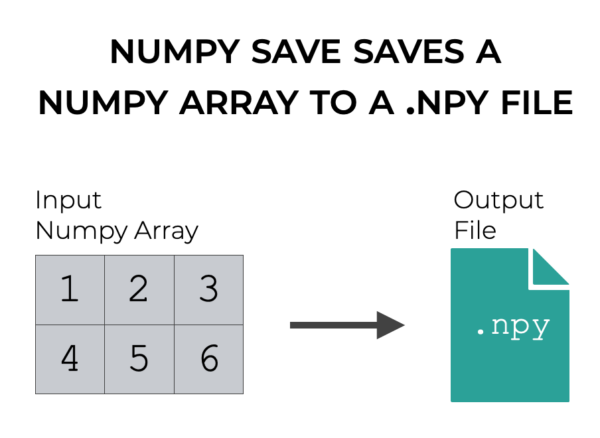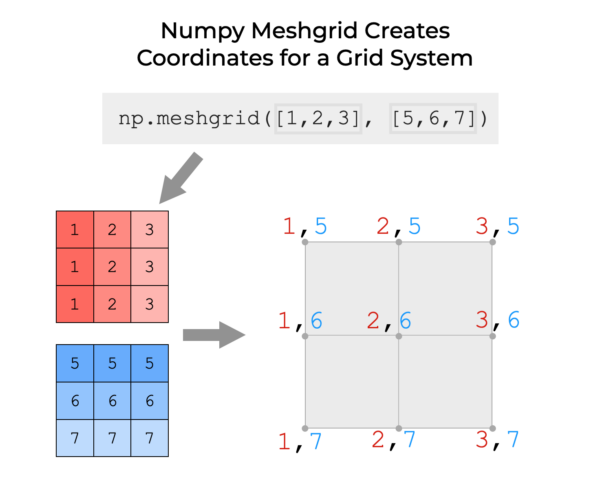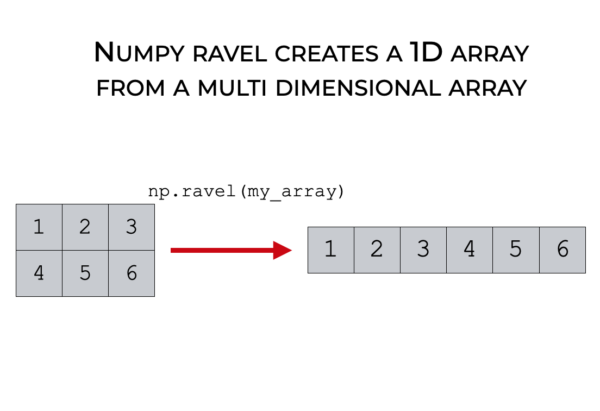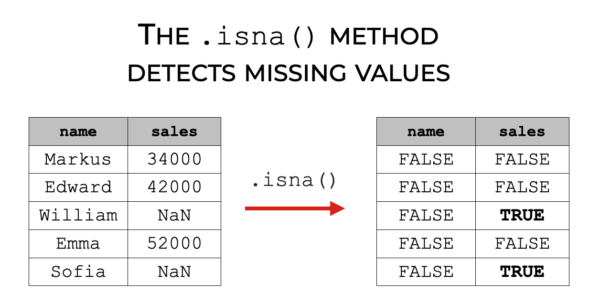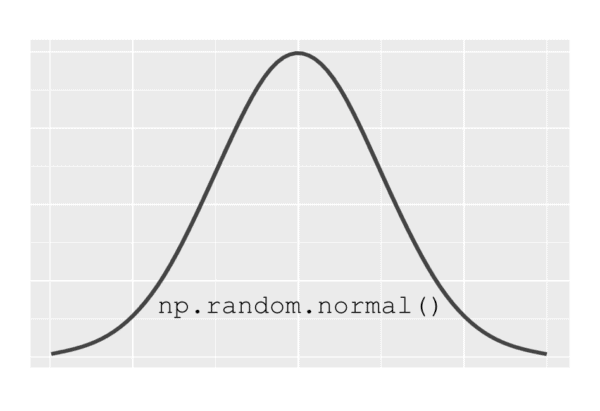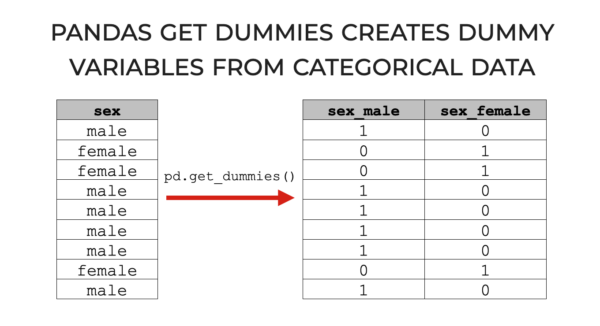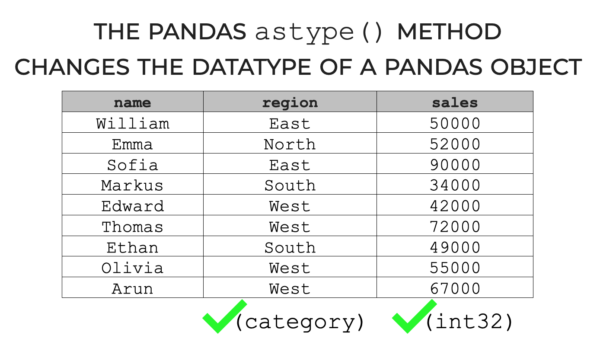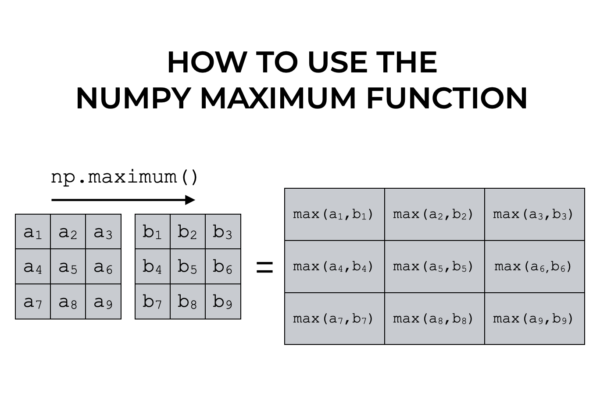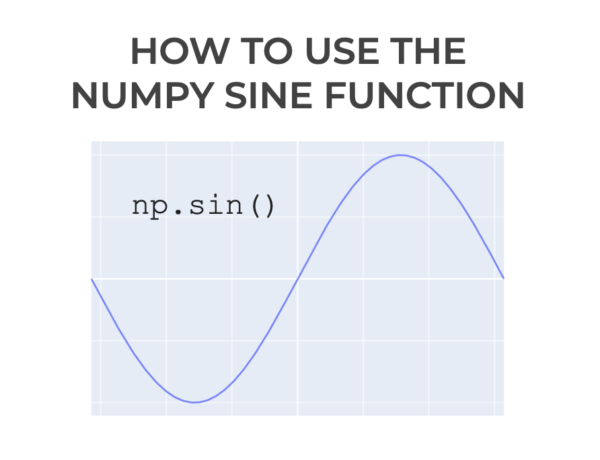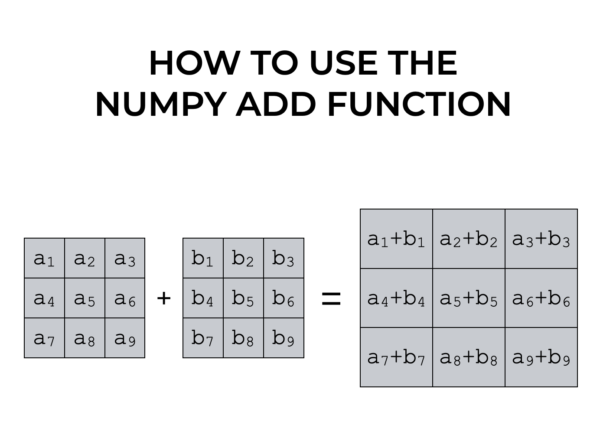Numpy Save, Explained
This tutorial will show you how to save your Numpy datasets with Numpy save. It explains what the function does, explains the syntax, and shows step-by-step examples of how to use np.save. If you need something specific, you can just click on any of the following links. Table of Contents: Introduction Syntax Examples Frequently Asked … Read more
